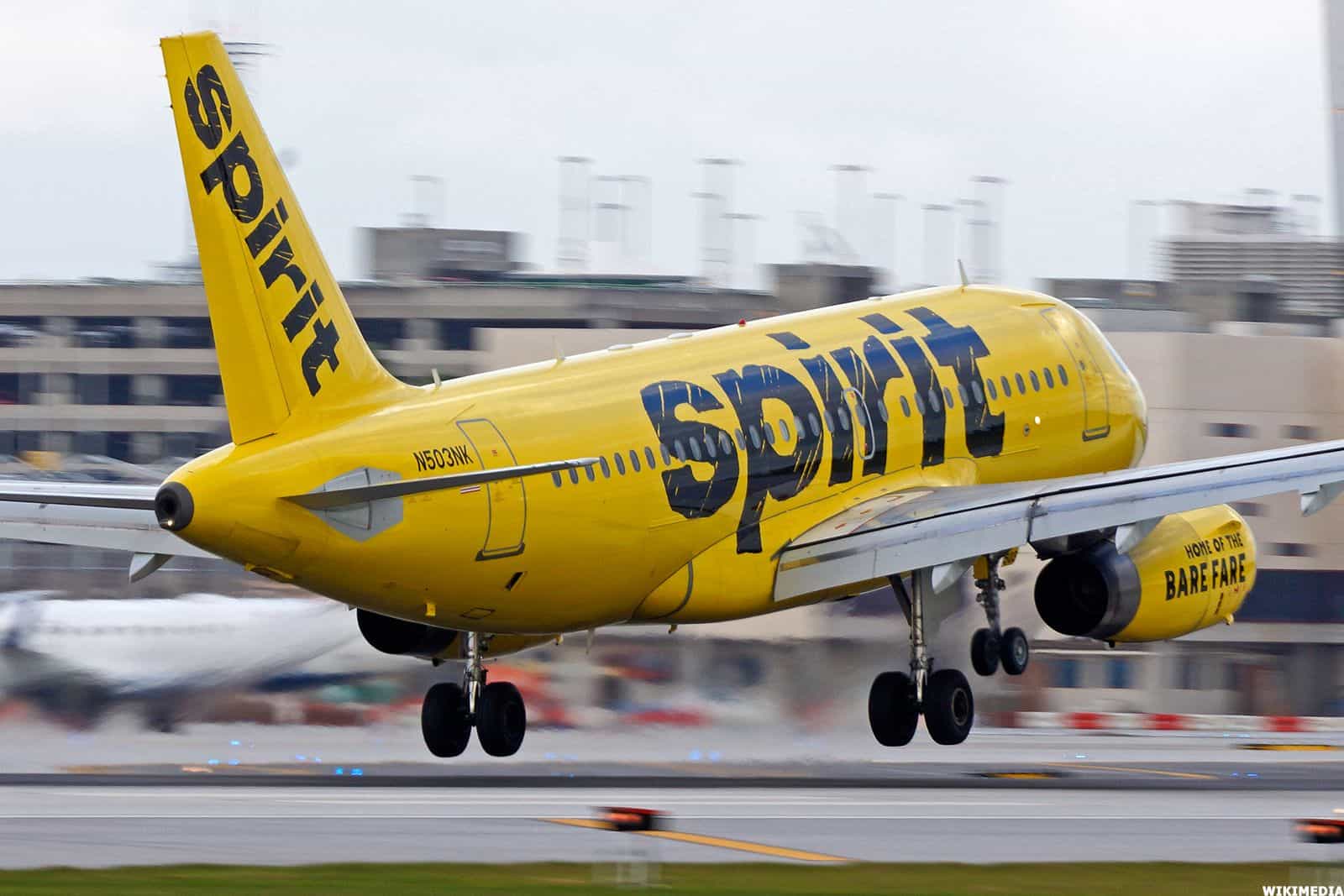
Ever wondered how airlines decide their ticket prices or why some flights are cheaper than others? The airline industry is a complex web of strategies and models designed to maximize profit while keeping passengers happy. From low-cost carriers to full-service airlines, each has its own unique approach. Some focus on cutting costs, others on providing luxury experiences. Understanding these business models can help you make smarter travel choices and maybe even save some money. In this post, we'll dive into 20 fascinating facts about airline business models that will give you a peek behind the curtain of this high-flying industry. Buckle up!
Key Takeaways:
- Airline business models vary from low-cost carriers to full-service carriers, each with unique strategies. Understanding these models is crucial for grasping the industry's dynamics and the services they offer.
- Airlines generate income not just from ticket sales, but also from ancillary revenue, frequent flyer programs, cargo services, code-sharing agreements, and in-flight advertising. Understanding these revenue streams is crucial for grasping the industry's dynamics.
Understanding Airline Business Models
Airlines operate in a complex industry with various business models. Each model has unique strategies, benefits, and challenges. Let's explore some fascinating facts about these models.
-
Low-Cost Carriers (LCCs) focus on affordability. They minimize costs by offering fewer services, using a single aircraft type, and flying to secondary airports.
-
Full-Service Carriers (FSCs) provide a range of services. These airlines offer multiple classes, in-flight meals, and entertainment, catering to both economy and premium passengers.
-
Hybrid airlines blend LCC and FSC features. They offer low fares with some added services, like extra legroom or in-flight snacks, appealing to a broader market.
-
Regional airlines serve smaller markets. They connect less-populated areas to major hubs, often using smaller aircraft.
-
Charter airlines operate on-demand flights. These flights are usually for specific groups or events, like sports teams or vacation packages.
Revenue Streams in the Airline Industry
Airlines generate income through various channels, not just ticket sales. Understanding these revenue streams is crucial for grasping the industry's dynamics.
-
Ancillary revenue is a significant income source. This includes fees for baggage, seat selection, and in-flight purchases.
-
Frequent flyer programs boost loyalty and revenue. Airlines earn money by selling miles to partners like credit card companies.
-
Cargo services contribute to profits. Many airlines transport goods alongside passengers, maximizing aircraft utilization.
-
Code-sharing agreements expand reach. Airlines partner with others to offer more destinations without operating additional flights.
-
In-flight advertising generates extra income. Companies pay to advertise on seatback screens, tray tables, and in-flight magazines.
Operational Strategies of Airlines
Airlines employ various strategies to optimize operations and enhance profitability. These tactics help them stay competitive in a challenging market.
-
Hub-and-spoke systems centralize operations. Airlines use major hubs to connect passengers from smaller cities to international destinations.
-
Point-to-point networks offer direct flights. This model reduces travel time and costs by eliminating layovers.
-
Fleet commonality reduces maintenance costs. Using the same aircraft type simplifies training and spare parts management.
-
Yield management maximizes revenue. Airlines adjust ticket prices based on demand, booking patterns, and competition.
-
Seasonal scheduling adapts to demand fluctuations. Airlines increase flights during peak travel times and reduce them during off-peak periods.
Challenges Faced by Airlines
The airline industry faces numerous challenges that impact profitability and operations. These obstacles require innovative solutions and strategic planning.
-
Fuel costs are a major expense. Fluctuating oil prices can significantly affect an airline's bottom line.
-
Regulatory compliance adds complexity. Airlines must adhere to various national and international regulations, which can be costly and time-consuming.
-
Environmental concerns drive sustainability efforts. Airlines invest in fuel-efficient aircraft and carbon offset programs to reduce their environmental impact.
-
Economic downturns affect travel demand. Recessions and financial crises can lead to decreased passenger numbers and revenue.
-
Competition from other transport modes. High-speed trains and long-distance buses offer alternatives to air travel, especially for short-haul routes.
The Final Takeoff
Airline business models are more diverse than you might think. From low-cost carriers to full-service airlines, each has its own way of doing things. Low-cost carriers focus on keeping prices low by cutting out extras, while full-service airlines offer a range of amenities to make your flight more comfortable. Cargo airlines play a crucial role in global trade, transporting goods across the world. Charter airlines provide flexibility for special trips, and regional airlines connect smaller cities to larger hubs.
Understanding these models can help you make smarter travel choices. Whether you're looking for the cheapest fare or the most luxurious experience, knowing what each type of airline offers can make a big difference. So next time you book a flight, think about what you really need and choose the airline that fits best. Safe travels!
Frequently Asked Questions
Was this page helpful?
Our commitment to delivering trustworthy and engaging content is at the heart of what we do. Each fact on our site is contributed by real users like you, bringing a wealth of diverse insights and information. To ensure the highest standards of accuracy and reliability, our dedicated editors meticulously review each submission. This process guarantees that the facts we share are not only fascinating but also credible. Trust in our commitment to quality and authenticity as you explore and learn with us.


